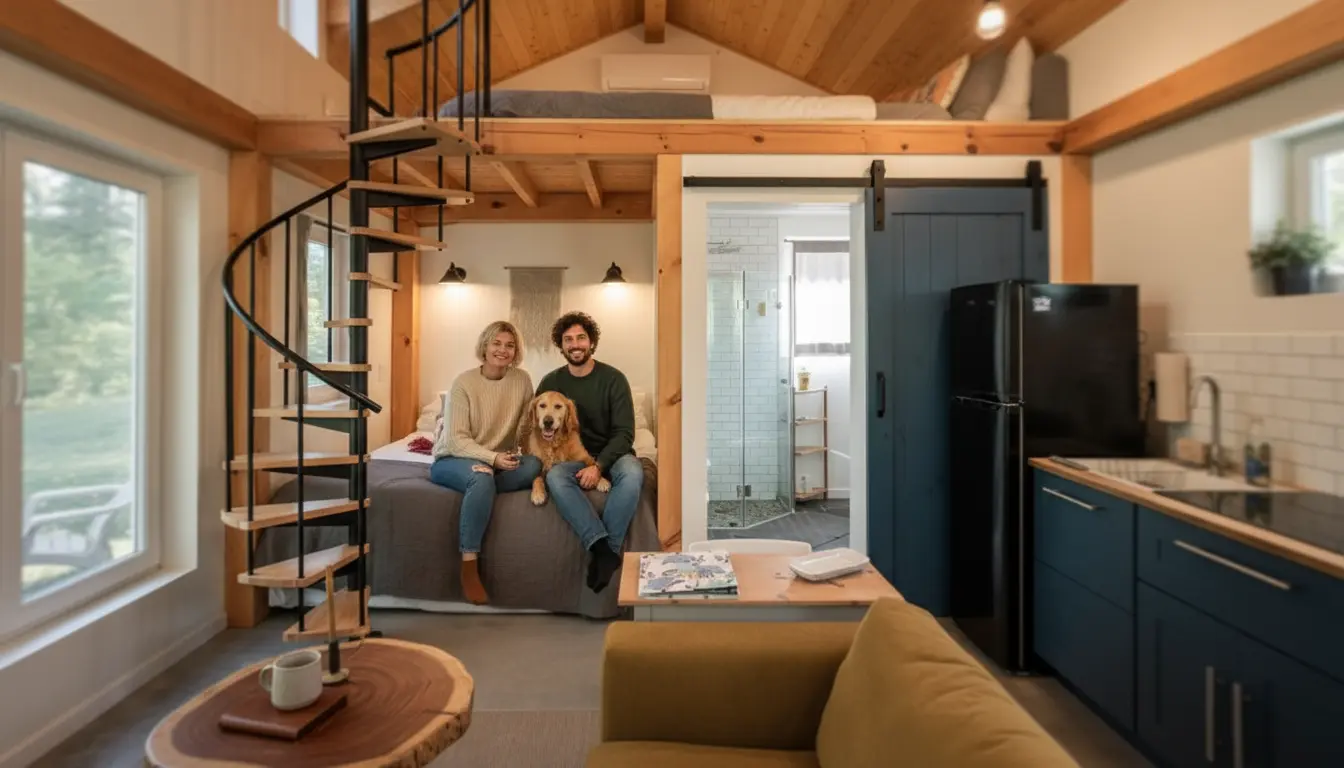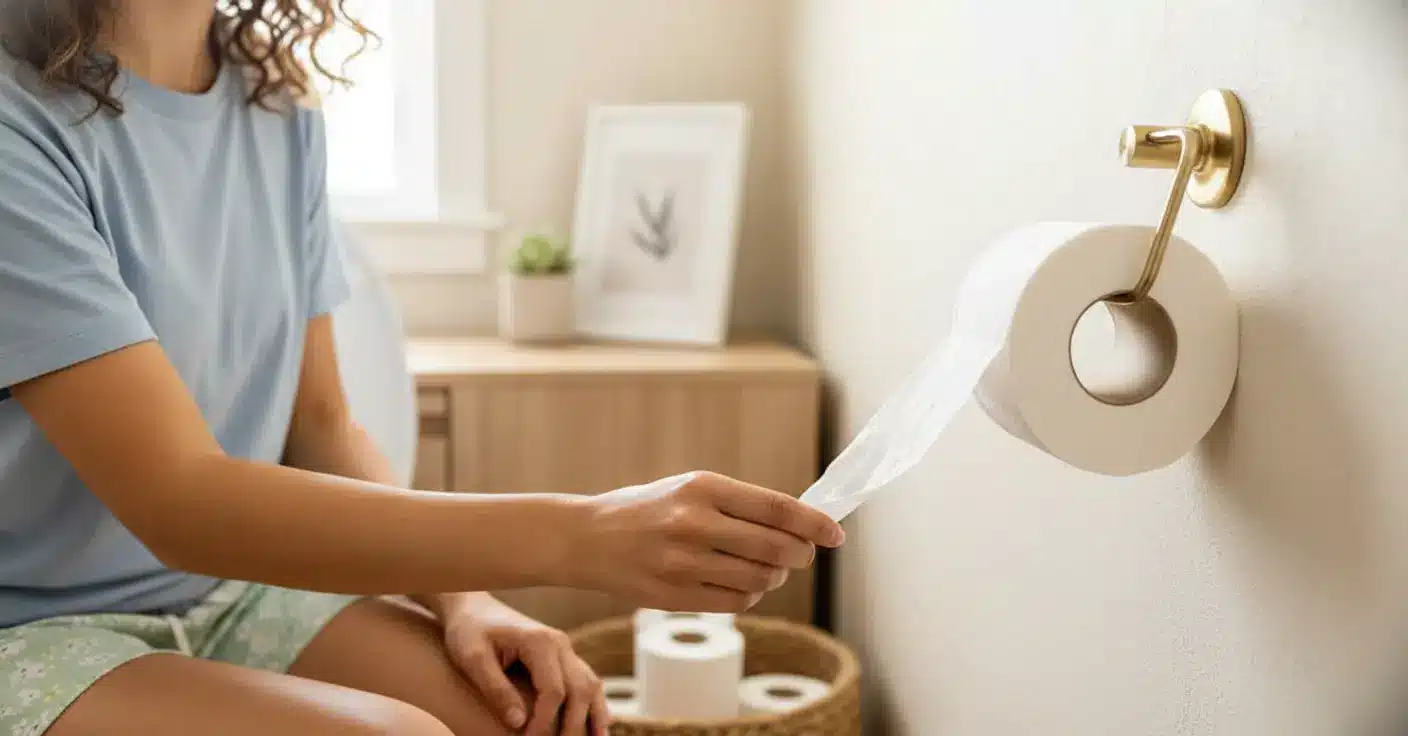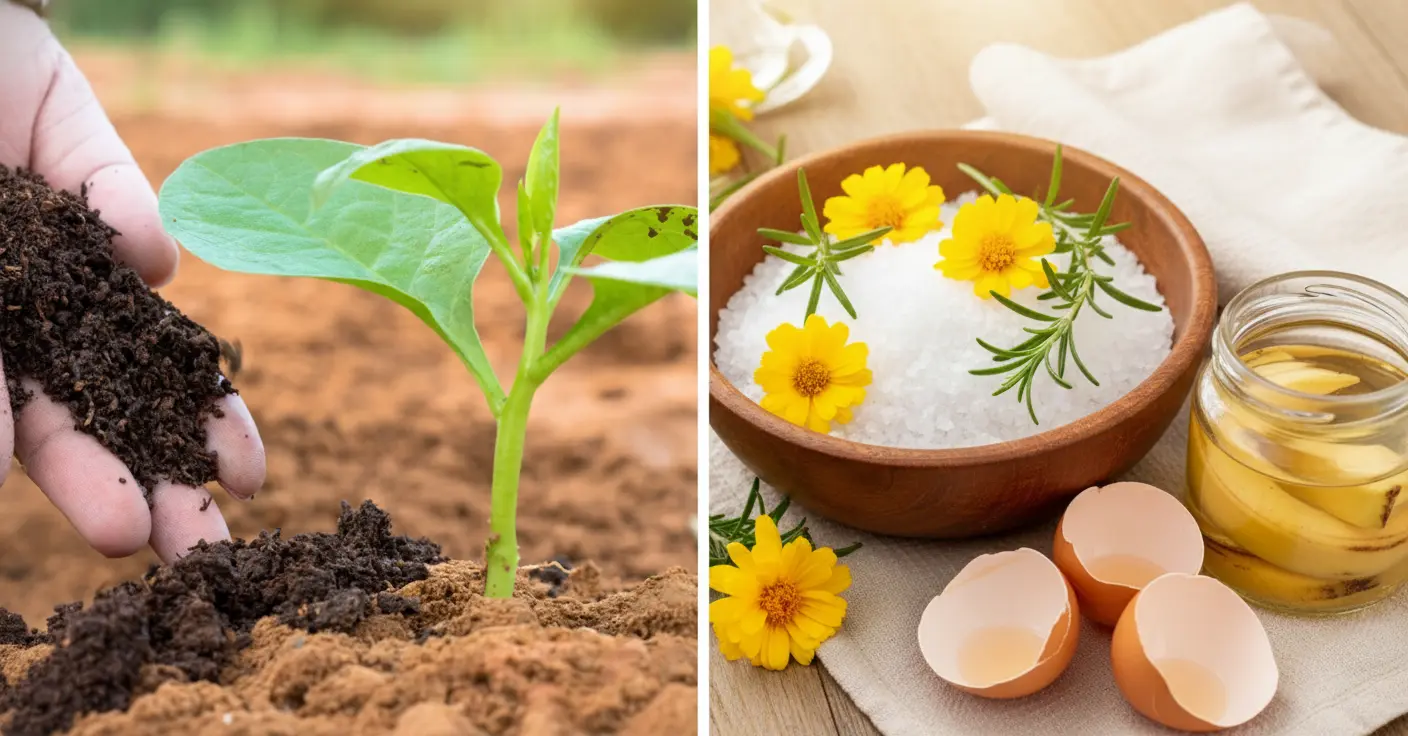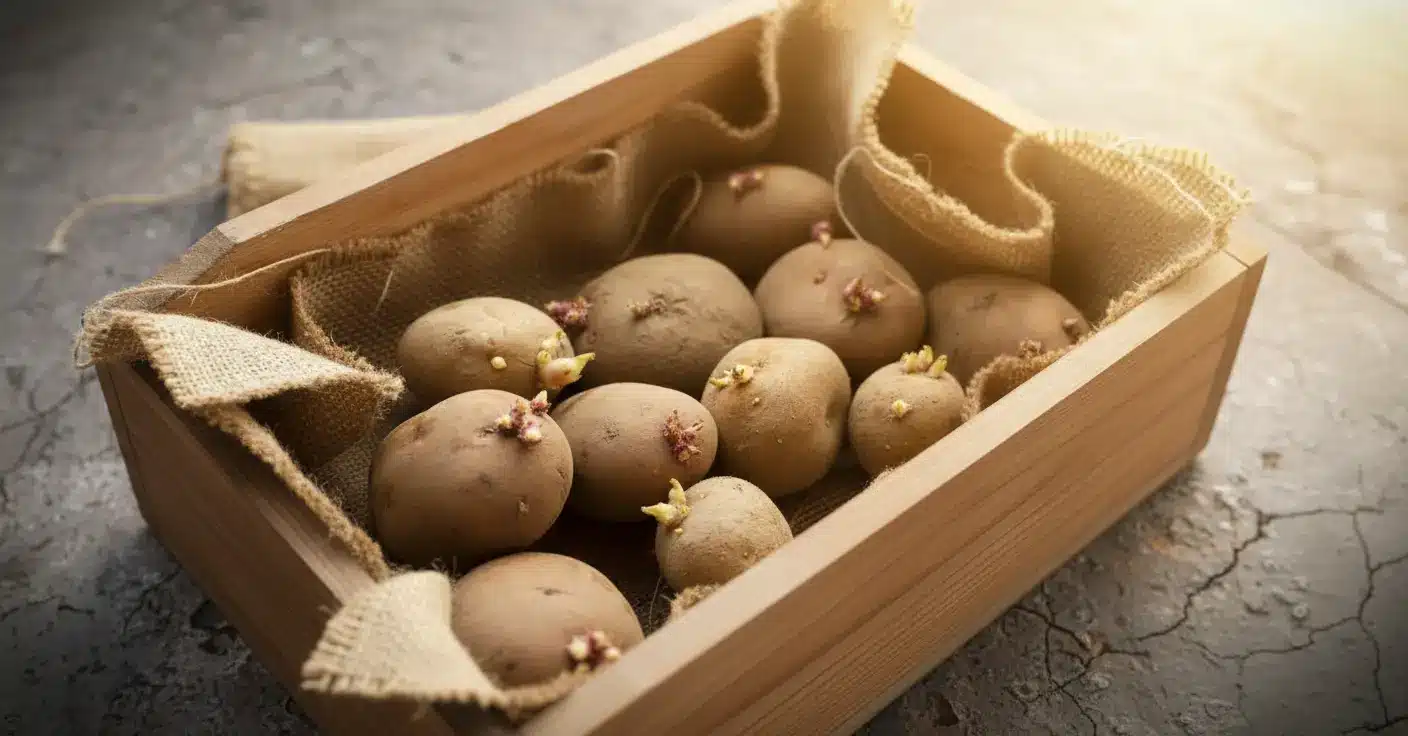Tiny homes: the dream of ditching dead space, spending less, and living greener sparks more and more curiosity every year. But is going small the smartest way to live better for less—or is it just an adorable Instagram trend that requires Marie Kondo’s level of commitment? Let’s pull back the curtain on the tiny house life before you leap.
What Exactly Is a Tiny House and Why Are People Obsessed?
Tiny houses are compact, optimized dwellings—typically between 10 and 30 square meters—that provide all the essential comforts of a standard home. They can serve as your main residence, a cozy holiday escape, or an extra guest suite. Their popularity is booming, especially among those seeking simplicity, a smaller environmental footprint, and independence. You could opt for a petite 30m² hideaway, or push boundaries with a 70m² off-grid masterpiece—the possibilities (and layouts) are extensive and highly customizable.
Tiny House Types, Costs, and Choices
Price Range & Influences
Tiny house budgets in France swing between €30,000 and €120,000, depending on numerous factors:
- Size of the home (more square meters = higher costs)
- The chosen design and level of energy independence
- Personalization: from layout tweaks to snazzy solar panels
- Materials—wood, metal, or hybrid structures all have unique pros and cons, impacting price, insulation, and life span
Need a precise estimate? Get advice from a professional, and don’t be shy about listing your must-haves.
Major Types
- Mobile tiny house: Built on a trailer for free spirits craving a nomadic lifestyle
- Fixed tiny house: Built on a foundation—you’ll get more stability and hook-ups to water and electricity for all those cozy nights in
Special mention for autonomous models: designed to operate off the public grid, they slash your utility bills and have a lighter ecological impact.
Construction Options
- Build it yourself: For the handy or fearless, self-construction can cost €15,000–€35,000—up to 50% less than turnkey—but expect to trade sweat equity for savings.
- Turnkey build: Want something stress-free and move-in-ready? Professional builds typically cost €50,000–€100,000, ensuring all standards for comfort (and compliance) are met.
What Makes a Tiny House ‘Smart’?
- Flexible and Eco-Friendly: Tiny houses gobble up less energy: smaller space, less heating, minimal lighting. Add top-notch insulation and solar panels and watch those bills shrink!
- Minimalism For the Win: With limited storage, you’ll think twice before splurging on whatnot, reducing clutter, cleaning, and impulse décor shopping—cheaper in the long run.
- Portability & Freedom: Mobility opens doors (and landscapes)—move with ease for that change of scenery, with far less red tape than selling and buying traditional property.
- Decent Resale Value: The tiny house market is booming, attracting buyers after greener, thriftier housing. A well-kept, quality-finished mini home can appreciate in value.
- Tailored Spaces: Need an office, a second bedroom, or guest area? Clever layouts make the most of every square meter—ideal for small families, couples, or working from home.
Other Essentials Before You Dive In
- Material Matters: Your choice (wood, metal, or mix) affects everything: cost, durability, thermal comfort. Insulation isn’t the place to skimp!
- Administrative Hurdles: You’ll need to check the local urban plan (PLU) before parking or plonking your tiny house. Some sites require a prior declaration or building permit—especially if you plan to stay long-term.
- Main Residence Status: Want to call your tiny house home for most of the year? Over eight months, plus good sanitation and safety standards, and you can register it as a primary residence or mobile home.
- On the Move: If your micro-mansion weighs in over 750 kg, you’ll need a special trailer permit (BE) and a beefy vehicle. The loaded weight limit is 3.5 tons for regular classification.
- Built to Last: With regular maintenance and quality materials, your tiny house could outlast several smartphones—50 years or more is absolutely on the table.
- Rental Potential: Not sure if you’re ready for tiny living? Many rent their spaces for holidaymakers or as a quirky getaway on platforms like Airbnb.
- Financial Support: The initial investment can be a pinch, but multiple aid options from the state, local communities, or banks may ease the blow—time to compare terms and eligibility before you break the piggy bank.
- Expert Help Pays Off: If you’d rather avoid YouTube DIY disasters, handing the project to an experienced builder guarantees quality, comfort, optimized energy use, and safety from start to finish.
The Smart Way Forward?
Choosing a tiny house is a lifestyle leap: it isn’t just about saving money or living with less, but about rethinking space, prioritizing quality over quantity, and embracing flexibility with a hint of adventure. Done right, it’s a sustainable, economical path to more freedom—and maybe even a little bragging rights when the electricity bill arrives.

John is a curious mind who loves to write about diverse topics. Passionate about sharing his thoughts and perspectives, he enjoys sparking conversations and encouraging discovery. For him, every subject is an invitation to discuss and learn.






